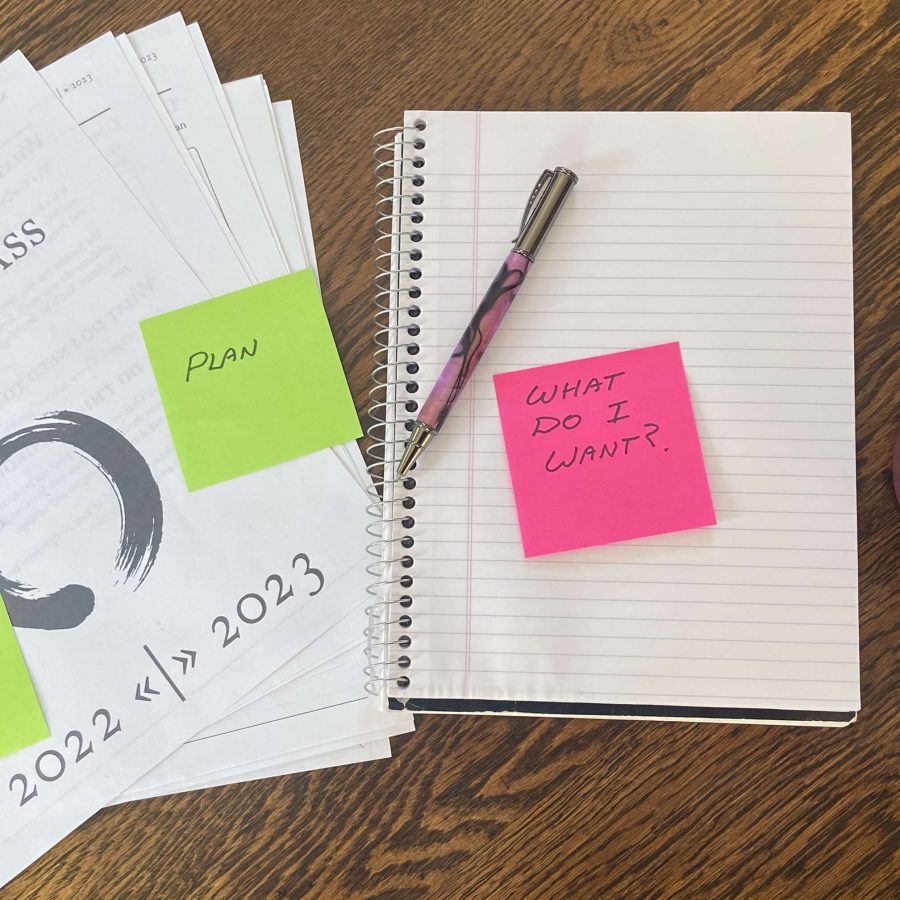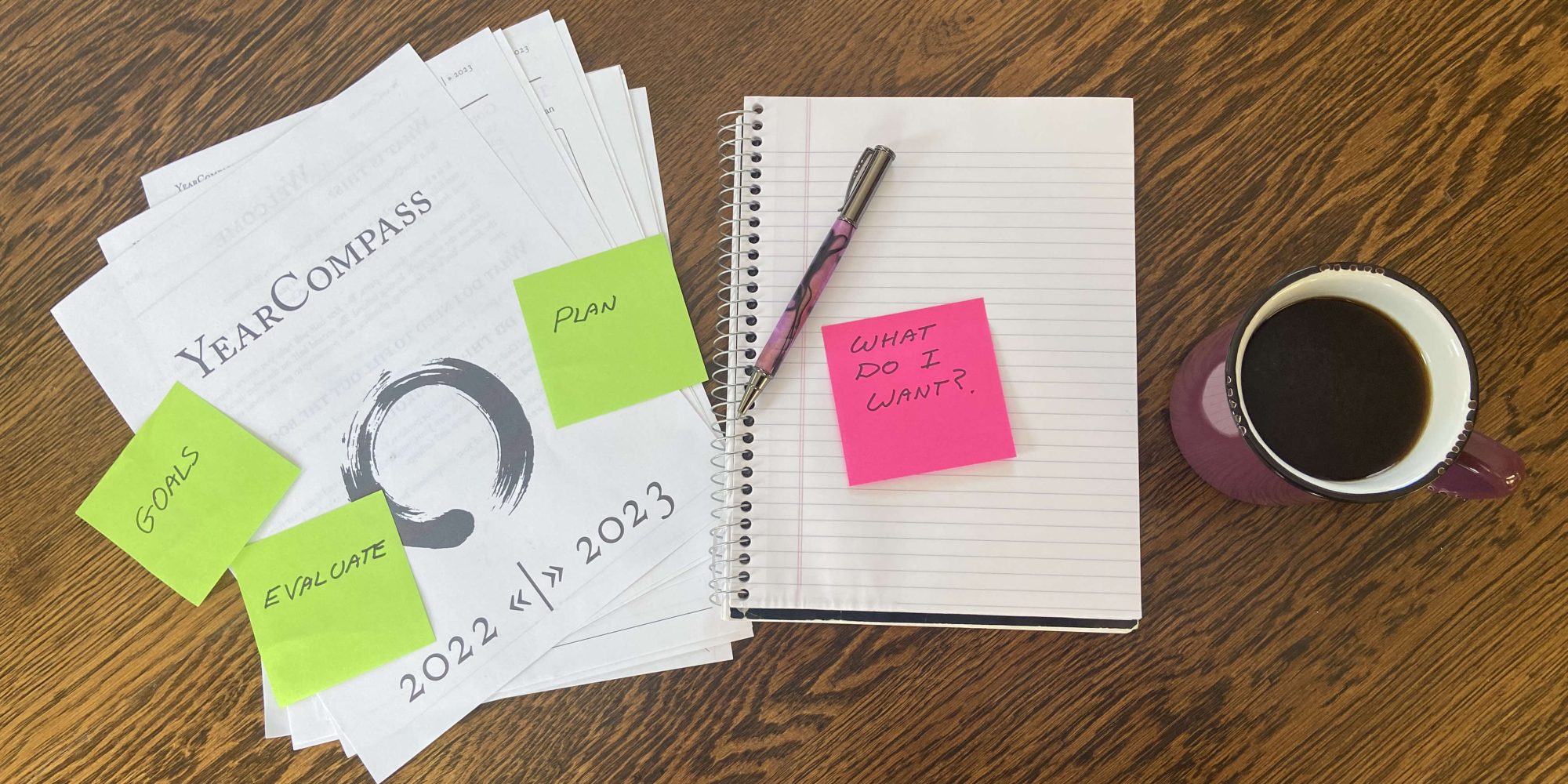Without leaps of imagination or dreaming, we lose the excitement of possibilities. Dreaming, after all is a form of planning.
– Gloria Steinem
If your big plans for the new year are falling apart or you didn’t make any, don’t worry. It’s never too late to remedy the situation.
It’s easy to meet January so full of enthusiasm for the year ahead that we generate a sparkling list of resolutions. Lose a few extra pounds. Visit the gym three times a week. Stop snacking on sugar. Spend more time with family. Draft that novel or create a new income stream.
Unfortunately, if you’re like most people, the sparkle usually fades before the end of January, and guilt follows.
But why should the end of January mean the end of possibility? And who says we have to wait for a new year to dream new visions or spark change? Let’s abolish the concept of resolutions triggered by a specific date. It’s too absolute and holds little regard for our humanness. We’re much better off setting a trajectory for the year and breaking our dream goals into manageable steps.
Frustrated with my own lack-lustre performance, I stopped devising resolutions several years ago. Instead, I adopted a more thoughtful practice, one that I revisit throughout the year. YearCompass is a simple but powerful process of evaluation and planning that helps me map the year ahead rather than simply jot down lofty ambitions that may or may not bear fruit.
I set aside several hours for this process, usually over a couple of days. First, I conduct a detailed examination of my “old” calendar. After preparing a list of highlights and assigning them to various life categories ranging from relationships, community, and health to education, profession, and self-development, I evaluate them. What am I grateful for? What did I do well? What did I learn? How did I help others? Where do I need to put extra effort?
When that’s done, I journal to let go of anything that might be weighing me down or holding me to the past. Then I summarize the old year as succinctly as possible and bid it farewell.
Once I’m finished evaluating the months gone by, it’s time to brainstorm dreams and possibilities for the months ahead. What do I want to achieve? Why? What do I need to do to get there? How can I step beyond any current limitations? Who can help me?
With a vision in mind, I assign objectives to the aforementioned life categories. Then I look for areas where my objectives intersect, note particular behaviors or habits to focus on, and choose a word to define the months to come. From there, I pull out a notebook and plot out highly-defined but manageable steps for reaching each goal, always focused on why, the force behind my motivation.
Yes, I am still setting objectives, but within a larger, more integrated context. Each one is like a destination on a roadmap; it marks where I want to go without preventing me from taking detours when necessary or stopping to refuel. Regardless of life’s inevitable interruptions, my destination remains firm, and that map helps me get back on track.
I review my plan for the year periodically and recalibrate as needed.
This process has greatly improved every area of my life. Even if I don’t accomplish all my goals, I stay on the right path. Evaluating my activities has repeatedly revealed a steady trajectory with a growing number of accomplishments. Comparing notes with a friend offers additional insight and encouragement.
The opportunity to take leaps of imagination, to dream, plan, and create change isn’t limited to the new year. Start anytime – any month, week, day, or hour. Don’t let societal conventions stop you from moving forward.
If you haven’t tried an evaluation and planning process like this before, why wait? YearCompass offers a free downloadable booklet to lead the way, whenever you begin. Put your sights on objectives, not resolutions, and you just might find the road easier to travel.


